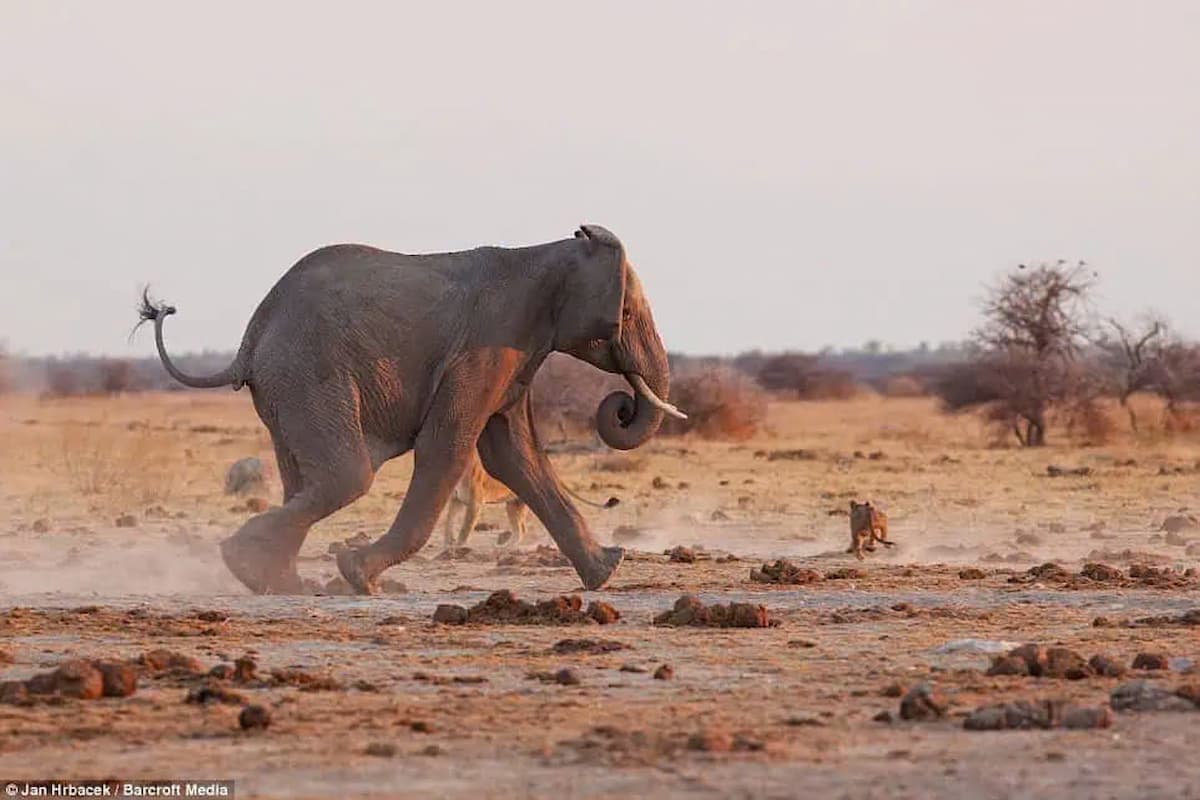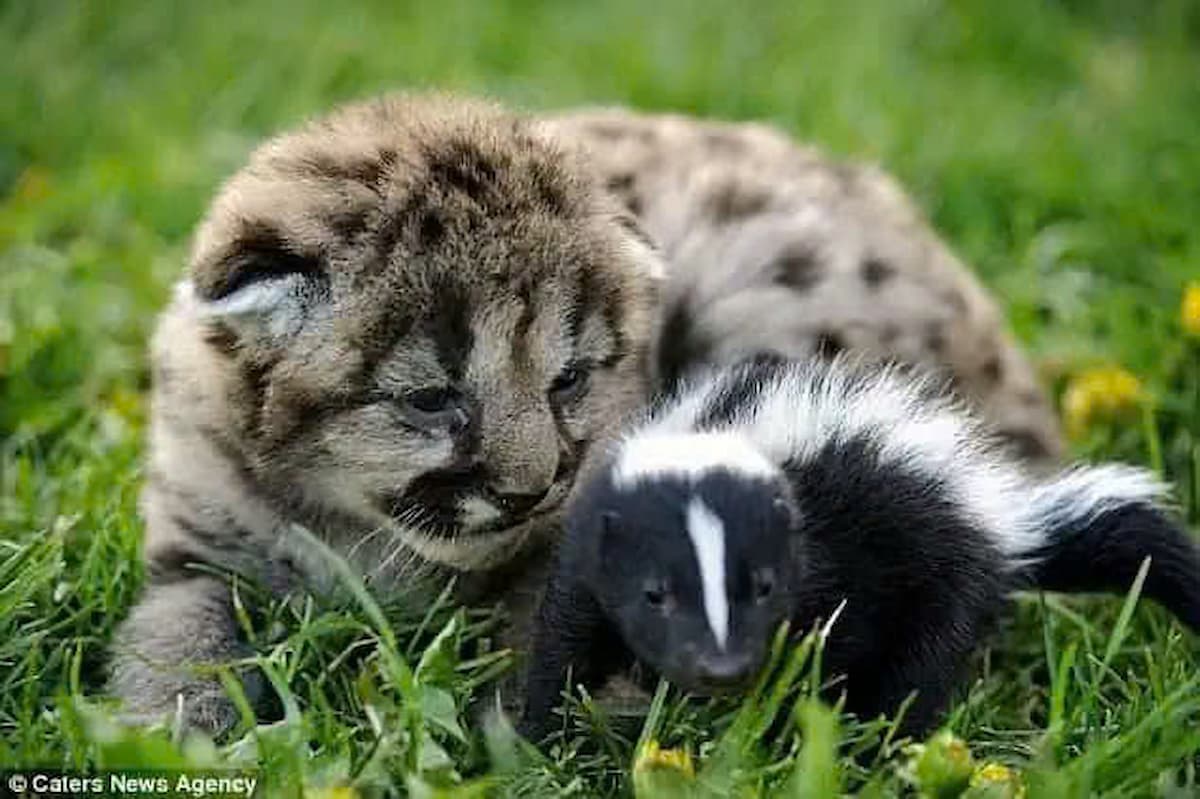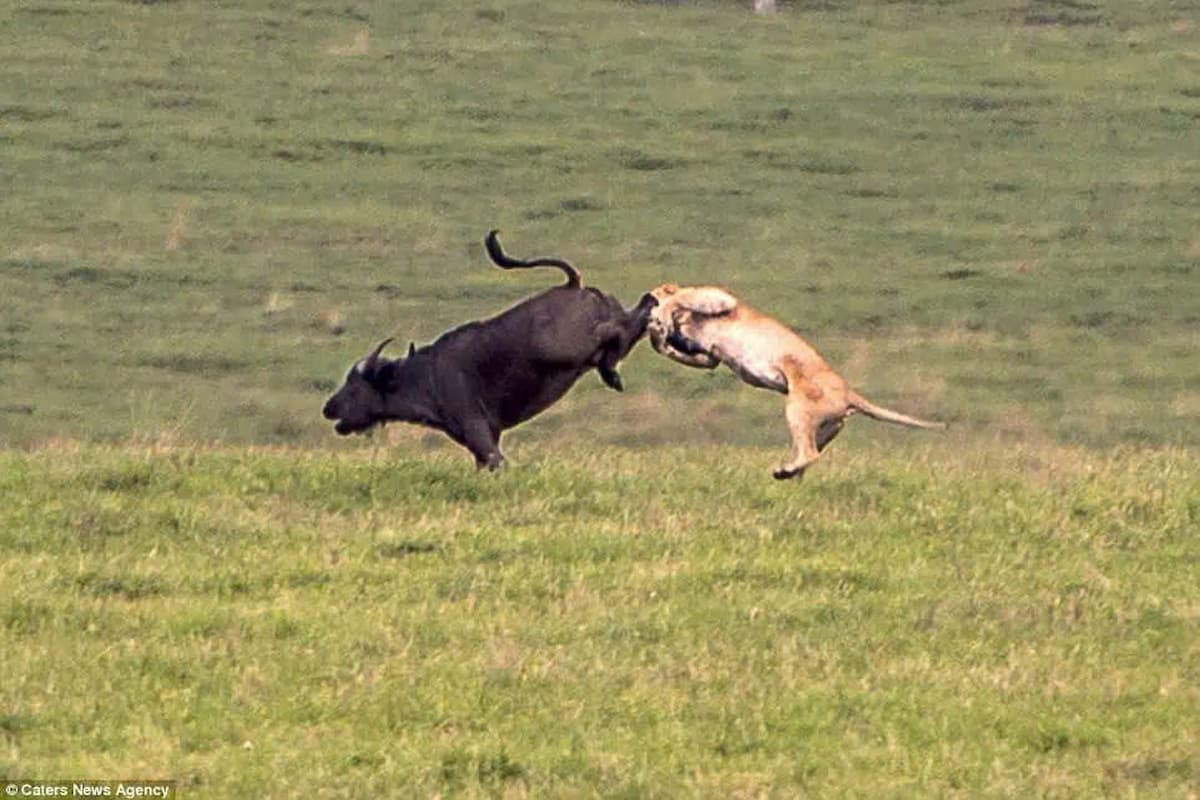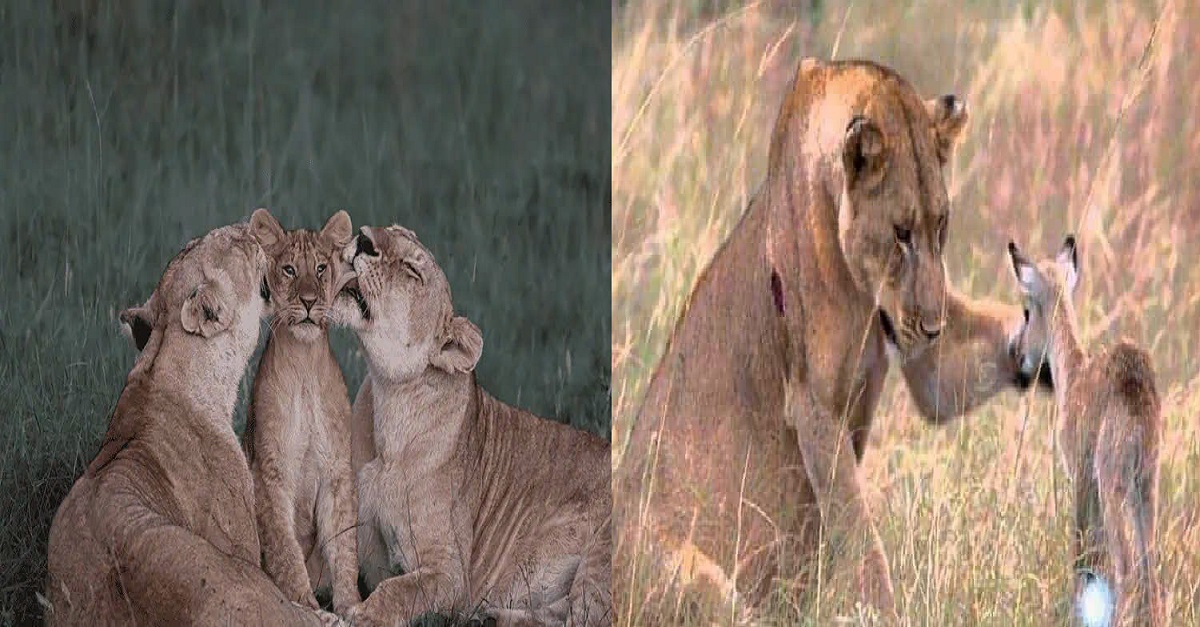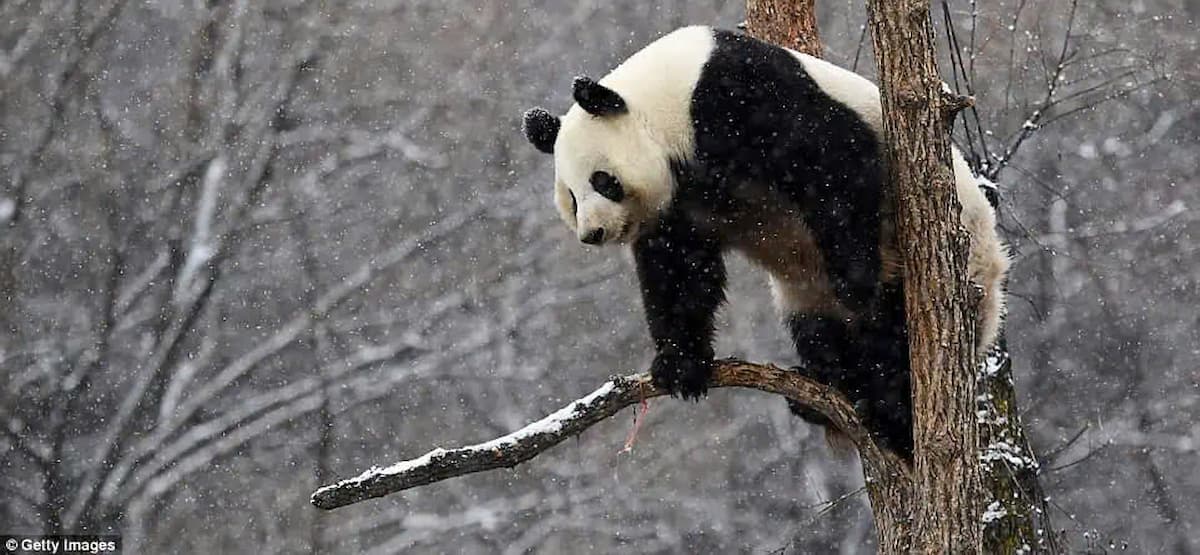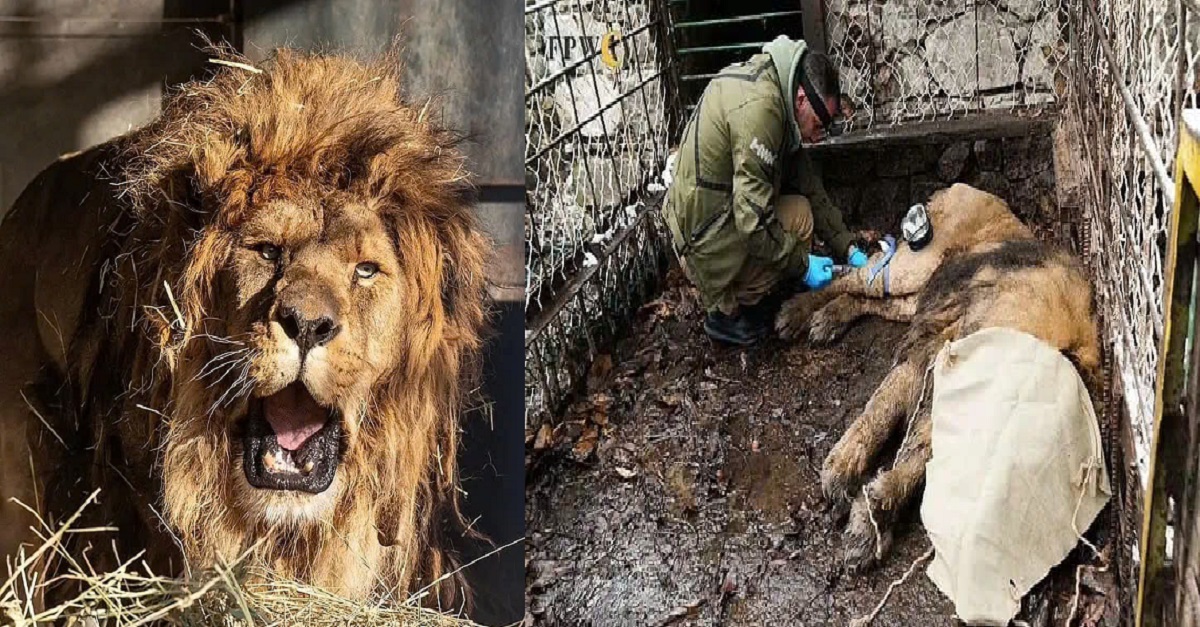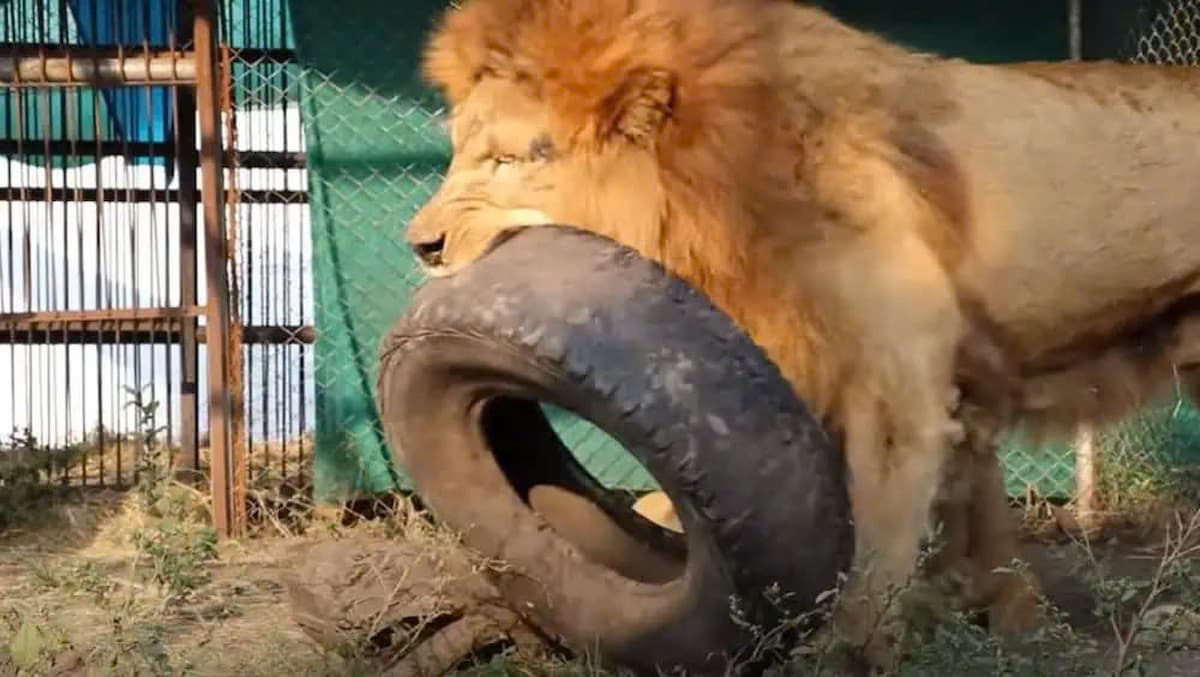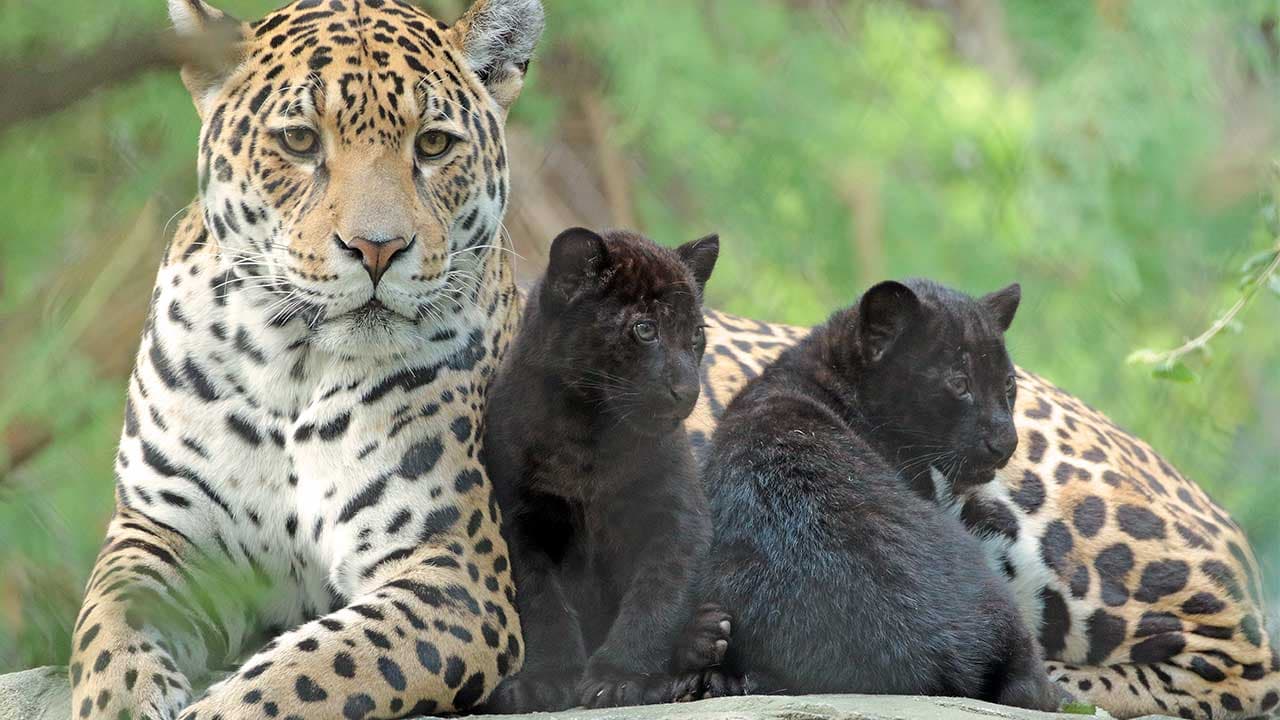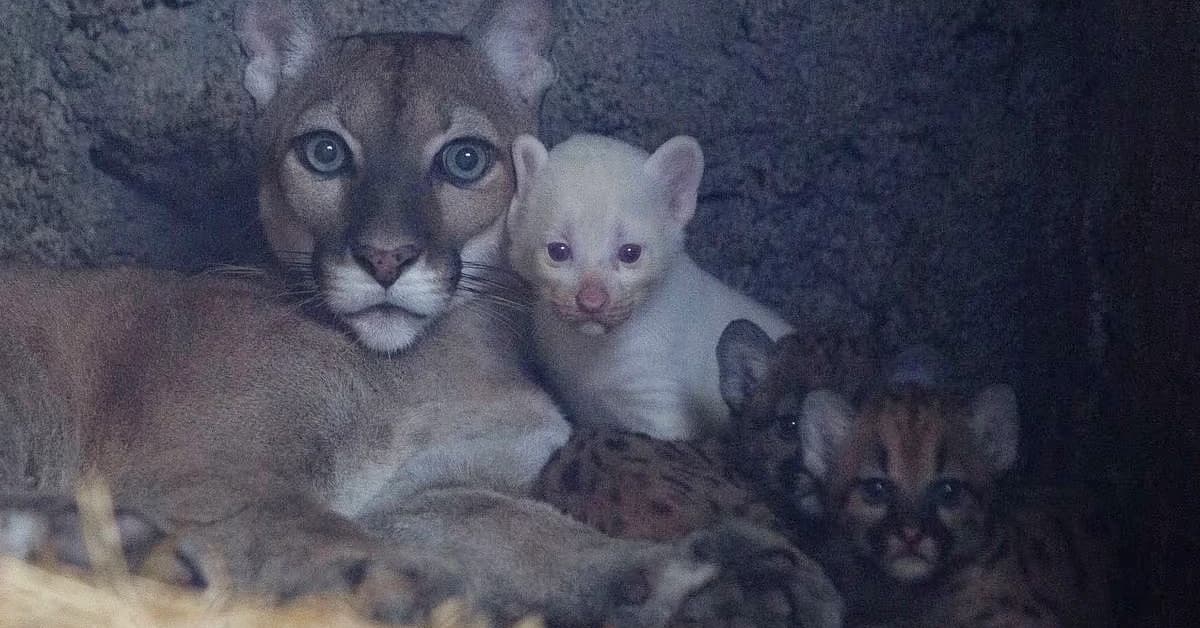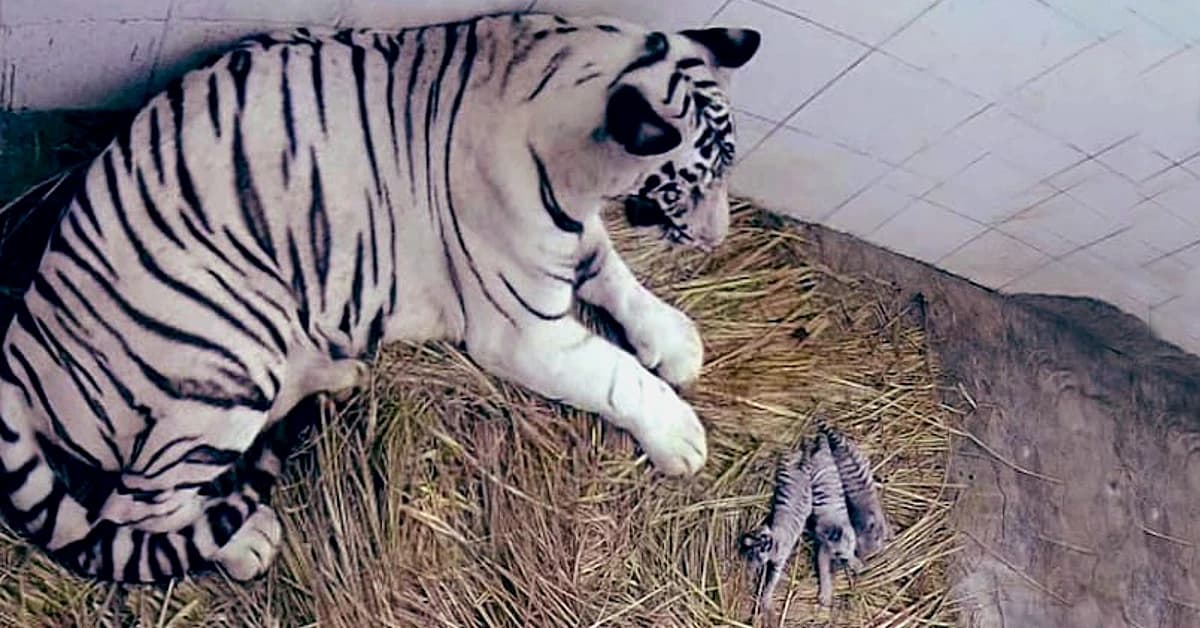
In an incredibly heartwarming and exciting moment for the Delhi Zoo, the arrival of three adorable white tiger cubs has captured the attention and admiration of animal lovers and wildlife enthusiasts alike. This marks a special and emotional event for the zoo, as it has been seven long years since the last white tiger cubs were born here. The birth of these cubs is a milestone in the zoo’s ongoing conservation efforts and a cause for celebration among the zoo’s staff, visitors, and the broader wildlife community.
The three cubs, a mix of both males and females, were born to the zoo’s resident white tiger, Maya. The newborns, who are still quite small and fragile, have been receiving round-the-clock care and attention from the dedicated team of zookeepers and veterinarians. Their arrival is not just a moment of joy but also a testament to the success of the zoo’s breeding program, which has been focused on preserving and protecting the endangered white tiger species.
White tigers, a rare and majestic variation of the Bengal tiger, have a striking appearance with their snowy-white fur and black stripes. These tigers are not a separate species but are a genetic variant of the Bengal tiger, and their unique coat color results from a recessive gene. Unfortunately, due to their rare genetic makeup, white tigers have faced significant challenges in the wild, including inbreeding, which can lead to health issues. The conservation of white tigers, therefore, has become an important effort in zoos around the world to ensure the survival and health of this extraordinary animal.
The arrival of the cubs at the Delhi Zoo is not just a happy occasion but a critical part of the zoo’s conservation initiatives. The cubs will be raised with careful attention to their physical and mental well-being, and once they grow older, they may serve as ambassadors for their species, raising awareness about the importance of wildlife preservation. They are a symbol of the zoo’s commitment to ensuring that future generations can experience the beauty and majesty of these rare creatures.
A video released by the zoo, showcasing the first moments of the cubs’ lives, has gone viral, spreading joy and excitement across social media platforms. In the video, the tiny cubs can be seen nuzzling their mother, exploring their enclosure, and playfully interacting with each other. Their innocent, curious behavior and striking beauty have captured the hearts of viewers worldwide, highlighting the importance of wildlife conservation and the need to protect endangered species.
The video has also sparked discussions about the ethical considerations surrounding the breeding and keeping of white tigers in captivity. While some argue that zoos play a vital role in preserving endangered species, others raise concerns about the genetic health of these tigers, as white tigers often suffer from physical deformities and health problems due to inbreeding. The Delhi Zoo, however, has assured the public that it follows strict guidelines and ethical practices in its breeding programs, ensuring that the cubs’ welfare is the top priority.
The arrival of these white tiger cubs also serves as a reminder of the natural wonders that exist in the animal kingdom and the need for continued efforts to protect endangered species and their habitats. With increasing human encroachment on wildlife habitats and the ongoing threat of poaching, it is more important than ever to support conservation efforts that aim to protect these majestic animals.
As the cubs continue to grow and develop, they will become a central part of the Delhi Zoo’s educational programs, inspiring future generations to appreciate the beauty and significance of wildlife. Visitors to the zoo will have the unique opportunity to witness the cubs’ growth and learn about the importance of conservation firsthand.
In conclusion, the birth of three white tiger cubs at the Delhi Zoo after seven years is a remarkable and joyous event. It highlights the zoo’s success in its conservation efforts and serves as a symbol of hope for the future of white tigers. The cubs’ playful antics and striking beauty have captured the hearts of many, and their presence at the zoo will undoubtedly inspire people to continue supporting wildlife conservation. Through such efforts, we can ensure that these magnificent creatures continue to thrive for generations to come.

